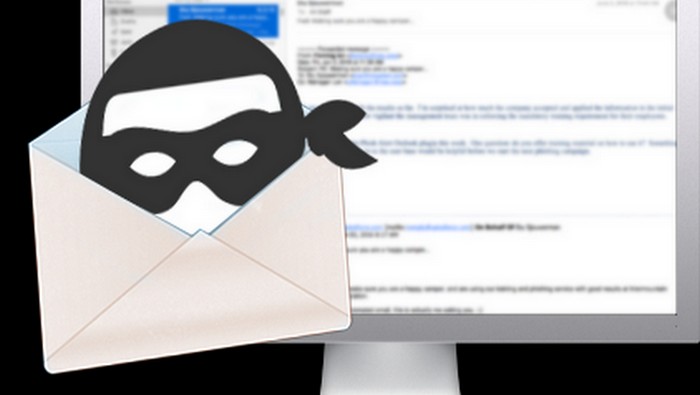How Danagerous is Your Email

The Most Dangerous Place On Your Computer Is Your Email Inbox
If I wanted to put a keylogger, ransomware or any other malware on someone’s computer, send the malware in an email. That email would either have an PDF attachment waiting for you to open it. I might even send you an email where inside it has a link for you to click. Once you click on it the malware is downloaded and installed on your computer.
If I was really ambitious, I would make the email look as if it was from your bank or insurance company. That email would inform you of a data breech and you need to reset your password by clicking on the link.
That link would take you to a look-a-like website. At that website you can enter in your current login user name and password, then prompt you to put in a new secure password. After you were done I would proceed to take over those accounts from you.
I have just given you prime examples of how easy to create “Phishing” emails. Since the second paragraph was more point to the recipient of the email, it could be called a “Spear Phishing” email. Spear Phishing emails take a little more work.
These types of emails are called “Phishing” because they put out something attractive for you to bit into.
I want to give you just three alarming numbers to show you how common these danagerous emails are getting to your email inbox.
- The Digital Guardian states that 91% of all cyber attacks start with phishing emails.
- In October 2018, Application Threat Intelligence reported phishing fraud jumped 50%
- According to the SANS Institute, 95% of all attacks on enterprise networks are the result of successful spear phishing.
What can be done you ask?
- Don’t take any email at face value. Call the person or company where the email says it is from. Verify they sent that specific email.
- Don’t click on links. Type in the website address yourself. Then verify the website you typed in is what showing in your browsers address bar.
- Don’t open email attachments for questionable or unverifiable sources.

